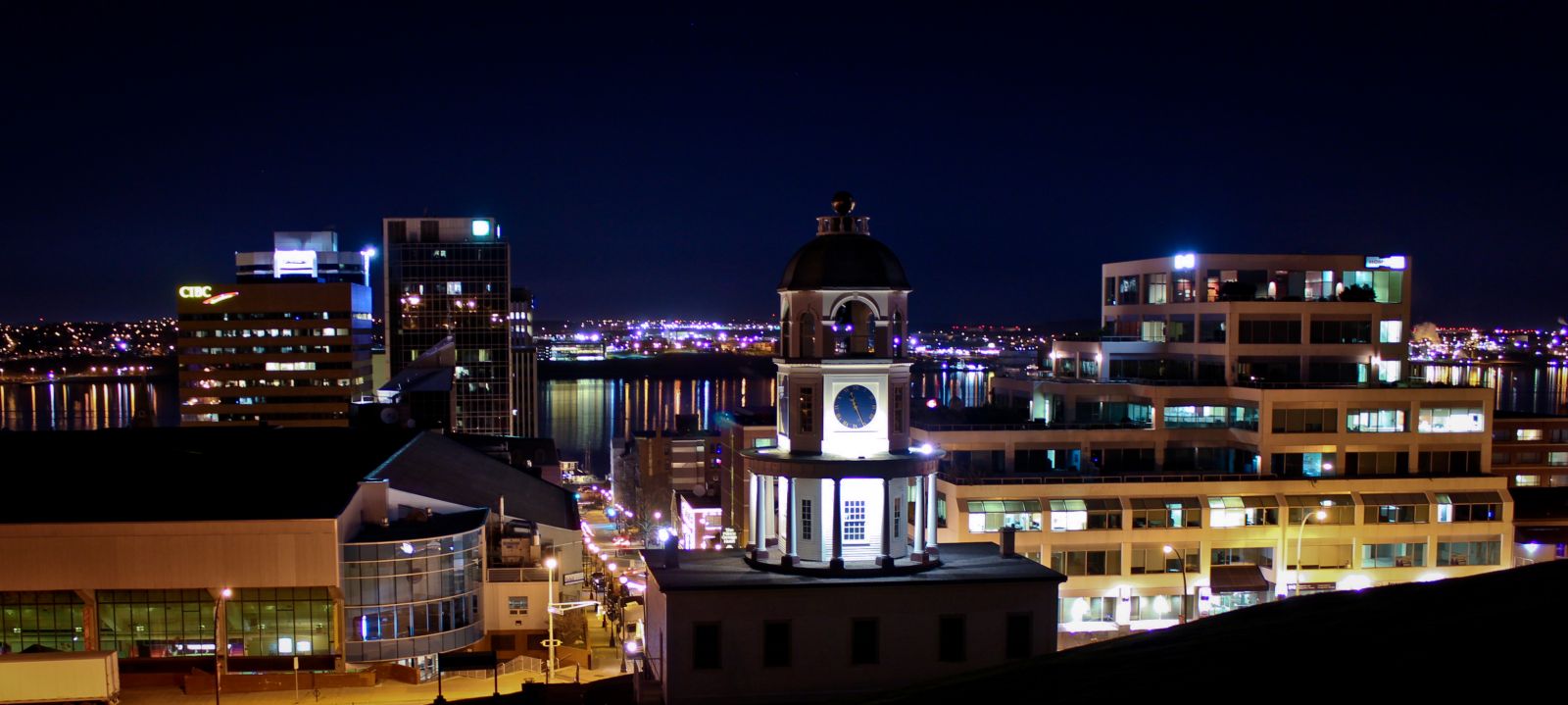- Study in AustraliaAustralian Universities/CollegesPrograms by faculty AusAustralian VisasLife in Australia
- Study In New ZealandNew Zealand UniversitiesPrograms by Faculty NZNew Zealand VisasLife in New Zealand
- Study in CanadaUniversities/Colleges in CANADAPrograms by faculty CanadaCanadian VisasLife in Canada
Halifax
| Halifax | |||
| Halifax Regional Municipality is the capital of the province of Nova Scotia, Canada. The Regional Municipality had a population of 390,096 in 2011 Canadian Census and the urban area had a population of 297,943. Halifax is the largest population centre in Atlantic Canada and largest in Canada east of Quebec City. The city was ranked by Money Sense magazine as the fourth best place to live in Canada for the year of 2012. | | ||
 | |||
| The urban area of Halifax Regional Municipality is a major economic centre in eastern Canada with a large concentration of government services and private sector companies. Halifax serves as the business, banking, government and cultural centre for the Maritime region. Major employers and economic generators include the Department of National Defence, as well as the Port of Halifax. The municipality has a growing concentration of manufacturing industries and is becoming a major multi-modal transportation hub through growth at the port, the Halifax Stanfield International Airport, and improving rail and highway connections. A real estate boom in recent years has led to numerous new property developments, including the gentrification of some former working-class areas. The urban area of Halifax Regional Municipality is a major cultural centre within the Atlantic provinces. The municipality's urban core also benefits from a large population of post-secondary students who strongly influence the local cultural scene. HRM has a number of art galleries, theatres and museums, as well as most of the region's national-quality sports and entertainment facilities. The municipality is home to many performance venues, namely the Rebecca Cohn Auditorium, the Neptune Theatre, and The Music Room. HRM also is the home to many of the region's major cultural attractions, such as Halifax Pop Explosion, Symphony Nova Scotia, the Art Gallery of Nova Scotia, The Khyber ICA, the Maritime Museum of the Atlantic and the Neptune Theatre. On special occasions, the city will put on a fireworks display which is best viewed from a boat. The region is noted for the strength of its music scene and nightlife, especially in the central urban core. HRM plays host to a wide variety of festivals that take place throughout the year, including: The Atlantic Film Festival, The Royal Nova Scotia International Tattoo, The Halifax Busker Festival, Greekfest, The Atlantic Jazz Festival, The Multicultural Festival, The largest Canada Day celebration east of Ottawa, Natal Day, periodic Tall Ship events, and Shakespeare by the Sea, to name a few. Many of these celebrations have become world renowned over the past several years. HRM has also become a significant film-production centre, with many American and Canadian filmmakers using the streetscapes, often to stand in for other cities that are more expensive to work in. The Canadian Broadcasting Corporation has its Atlantic Canada production centres (radio and television) based in Halifax, and quite a number of radio and television programs are made in the region for national broadcast. HRM's urban core is home to a number of regional landmark buildings and retains some significant historic buildings. The downtown's mid level office towers are overlooked by the fortress of Citadel Hill with its iconic Halifax Town Clock. The architecture of Halifax's South End is renowned for its grand Victorian houses while the West End and North End, Halifax have many blocks of well preserved wooden residential houses with notable features such as the "Halifax Porch". Dalhousie University's campus is often featured in films and documentaries. Dartmouth also has its share of historic neighbourhoods. The urban core is home to several blocks of typical North American high-rise office buildings, however segments of the downtown is governed by height restrictions which prevent buildings from obstructing certain sight lines between Citadel Hill and Halifax Harbour. This has resulted in some modern high rises being built at unusual angles or locations. In recent decades there has been a good deal of conflict between those in favour of modern development and heritage preservationists. The former has been occasionally seen as threatening the historic character of certain areas of the city, while the latter has been accused of stifling growth in certain districts of the city. Much municipal consultation in recent years, such as the HRM by Design project, has focused on how to allow modernization and development to encourage repatriation and renewed community diversification, while preserving the remaining heritage structures and character. | |||
For more information, please contact one of our offices
Study in Australia | Study in the UK | Study in Malaysia | Study in Canada | Study in the USA | Study in New Zealand















